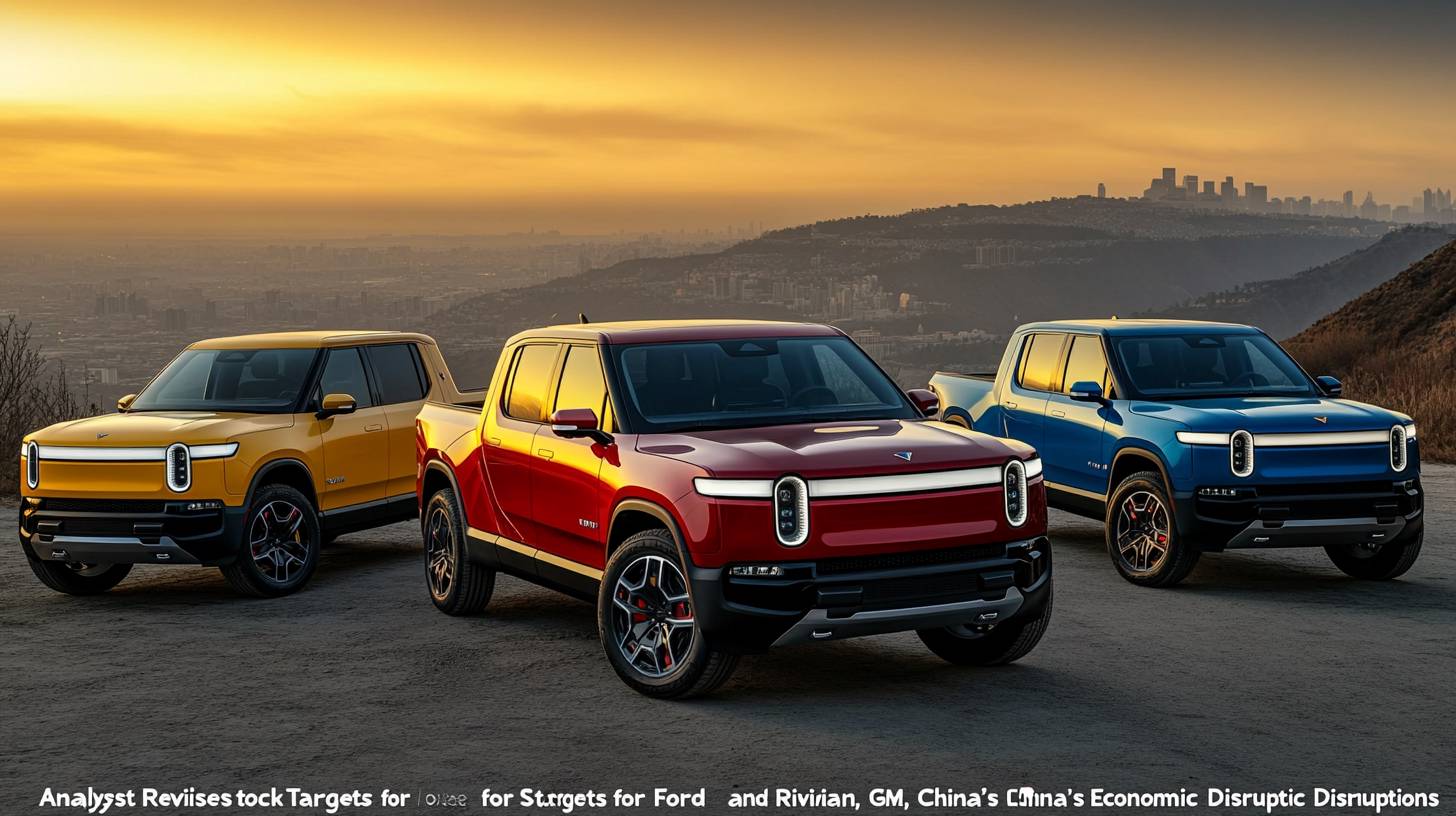
China’s Automotive Supremacy and Its Worldwide Effect
The automotive industry in China has swiftly risen to a leading role on the international front. By 2023, China surpassed Japan to emerge as the largest car exporter globally, with electric vehicles (EVs) significantly contributing to this development. The nation’s ascent as a major automotive force is intricately linked to its economic growth and the burgeoning middle class, which has spurred both local demand and manufacturing capabilities.
In 2022, Chinese vehicle exports skyrocketed to nearly 5 million units, doubling from the year prior. This upward trend has persisted into 2023, with China representing 29% of worldwide auto sales and 32% of global production. Remarkably, China now produces 9 million more vehicles than it uses, generating a substantial surplus that is being sent to markets across the globe, including Australia.
Manufacturers of electric vehicles such as BYD are leading the charge in this growth. For example, BYD launched its 9 millionth new energy vehicle in September 2023, accomplishing the production of its latest one million units in less than three months. The company is also vigorously expanding into international territories, including the introduction of three new models in Kenya. This swift expansion in production and exports is altering the competitive landscape, especially in Western markets where Chinese carmakers are perceived as serious contenders.
For businesses and investors in Australia, the emergence of Chinese car manufacturers offers a blend of opportunities and obstacles. On one side, the arrival of affordable, high-quality EVs from China may provide Australian consumers with greater options and the potential for lower costs. Conversely, local and Western manufacturers could experience heightened competition, which may affect their market share and profits. As China broadens its automotive influence, Australian stakeholders will need to keep a close watch on these occurrences and adapt their strategies as necessary.
Challenges and Reactions from Western Automakers
Western car manufacturers are facing increasing challenges as China’s automotive industry continues to extend its global influence. Firms such as Ford, General Motors (GM), and Rivian are contending with the dual pressures of heightened competition from Chinese firms and shifting geopolitical conditions. The proposed ban by the U.S. Commerce Department on Chinese software and hardware in connected vehicles illustrates how these tensions are materializing. Should this ban be implemented, it would effectively prevent Chinese vehicles from entering the U.S. market, while also compelling American manufacturers to eliminate Chinese parts from their offerings.
This regulatory change could have far-reaching consequences for companies like GM and Ford, which currently source vehicles from China for the U.S. market. GM’s Buick Envision and Ford’s Lincoln Nautilus, both produced in China, have been well-received in the U.S., with GM reporting sales of approximately 22,000 Envisions and Ford moving 17,500 Nautilus SUVs in the first half of 2024 alone. A halt in these imports could disrupt supply chains and necessitate a reevaluation of production strategies for these automakers.
In reaction to these challenges, China has retaliated by branding U.S. actions as protectionist and unsupported by facts. The Chinese government has called on the U.S. to cease what it describes as “unjustified suppression” of its enterprises, indicating that trade tensions between the nations remain unresolved. For Australian companies, this geopolitical strain could create ripple effects, especially for those dependent on supply chains or collaborations involving either American or Chinese car manufacturers.
At the same time, analysts are adjusting their predictions for Western car manufacturers in light of China’s expanding automotive influence. For instance, Morgan Stanley has downgraded its ratings for various U.S. automakers, pointing to the disruptive effects of China’s excess production capacity. Ford’s rating was lowered to “equal weight” from “overweight,” with its price target adjusted accordingly. GM experienced a similar downgrade, dropping to “underweight” with a reduced price target as well. Even Rivian, recognized as a potential disruptor in the EV market, has not escaped this trend, seeing its rating downgraded to “equal weight” and its price target diminished.
For Australian investors, these downgrades signal an unmistakable shift in the competitive environment. As Chinese car manufacturers broaden their global impact, Western firms are increasingly challenged to uphold their market presence. This is particularly prevalent in the electric vehicle market, where Chinese companies like BYD offer a compelling mix of competitiveness, variety, and quality that is hard to rival. The surge of Chinese EVs may exert additional pressure on Western manufacturers, including those operating within Australia, as they strive to remain competitive in terms of both pricing and innovation.

